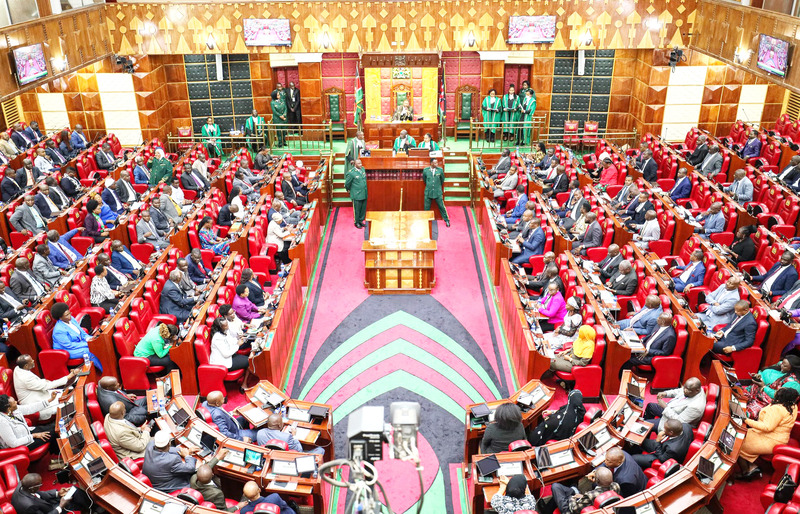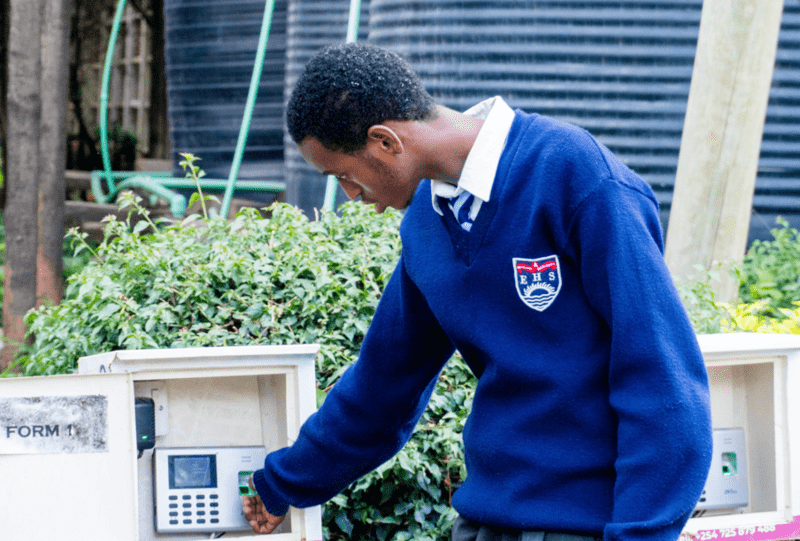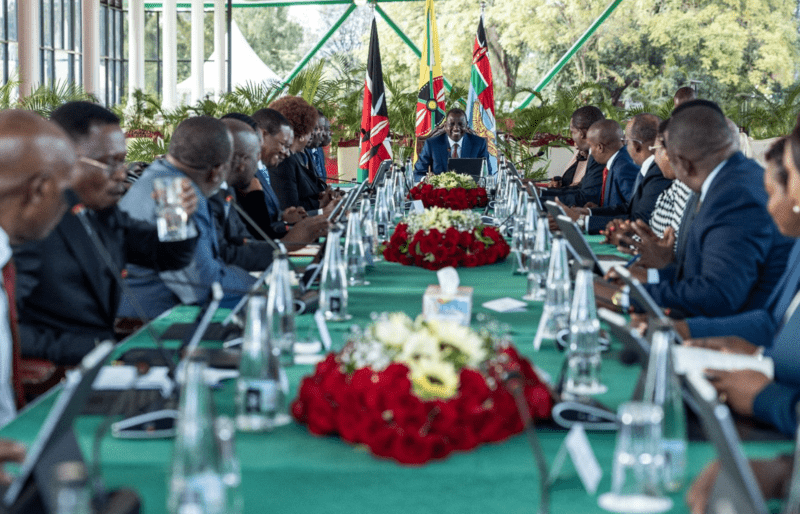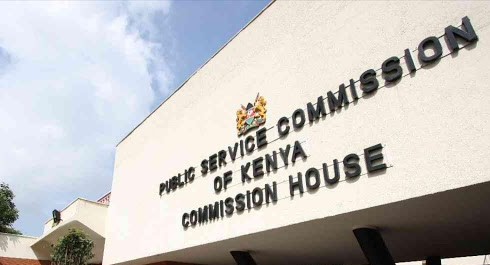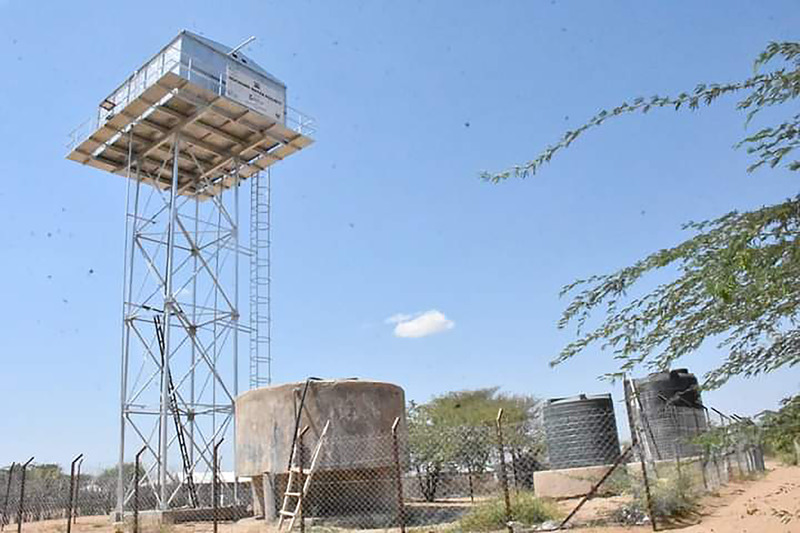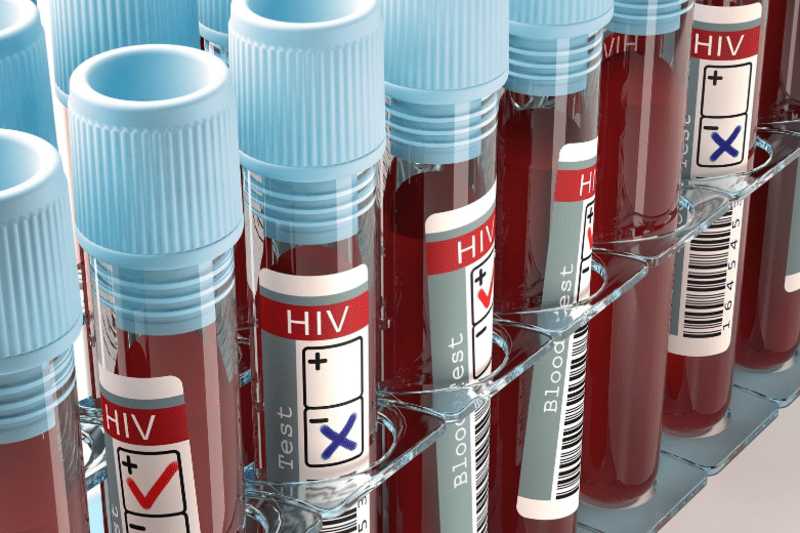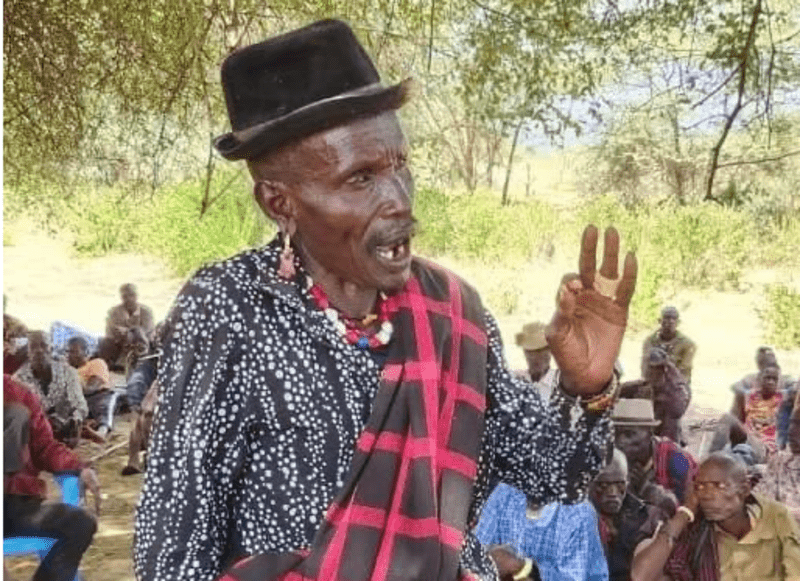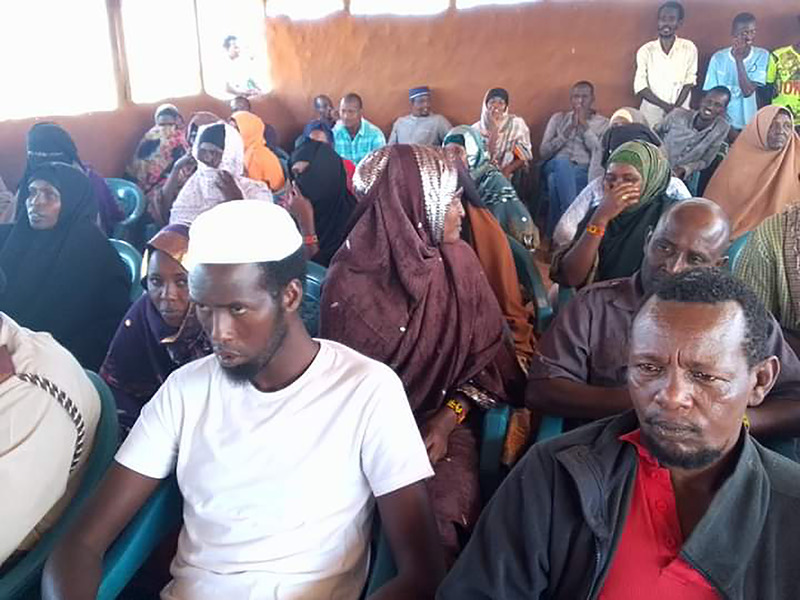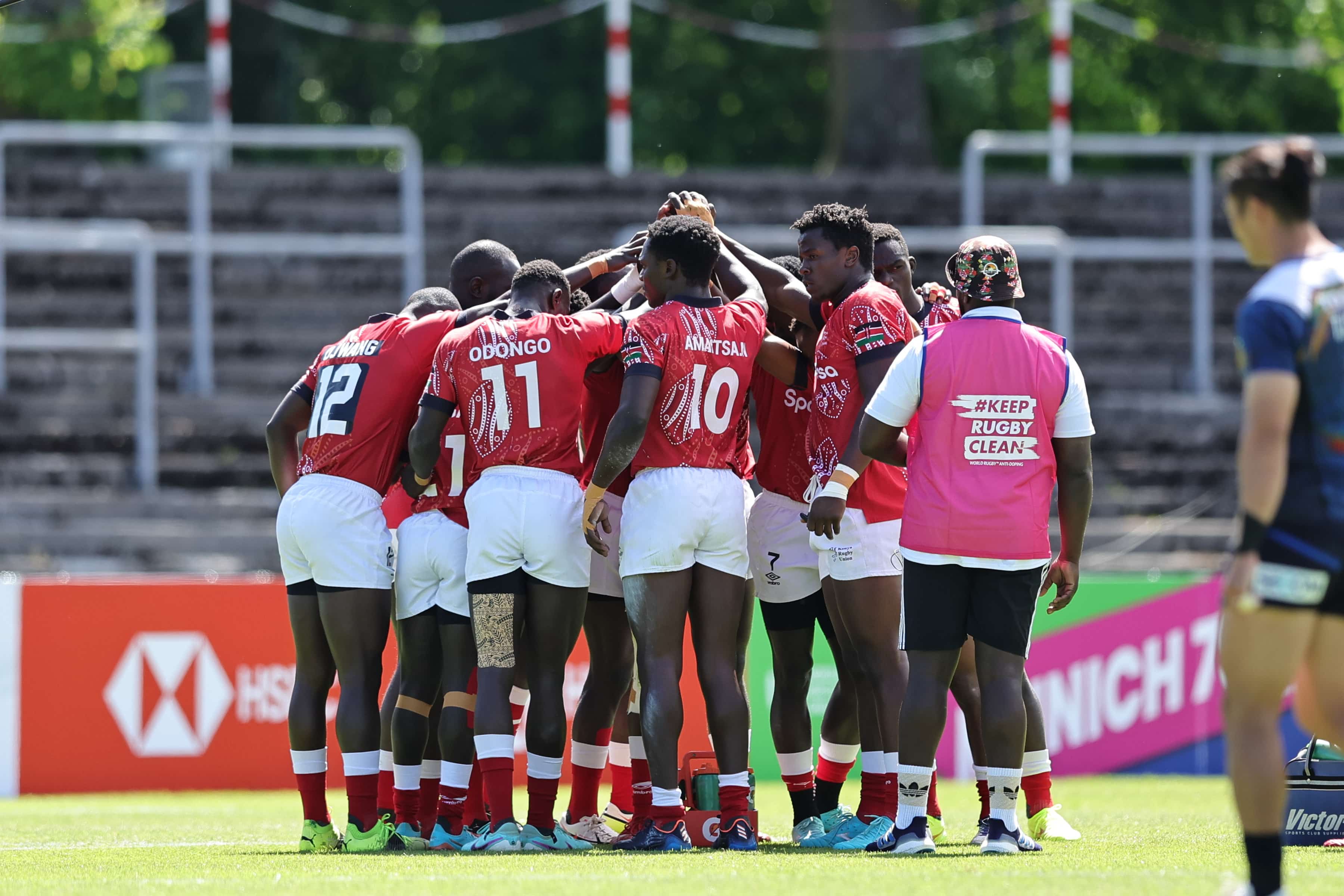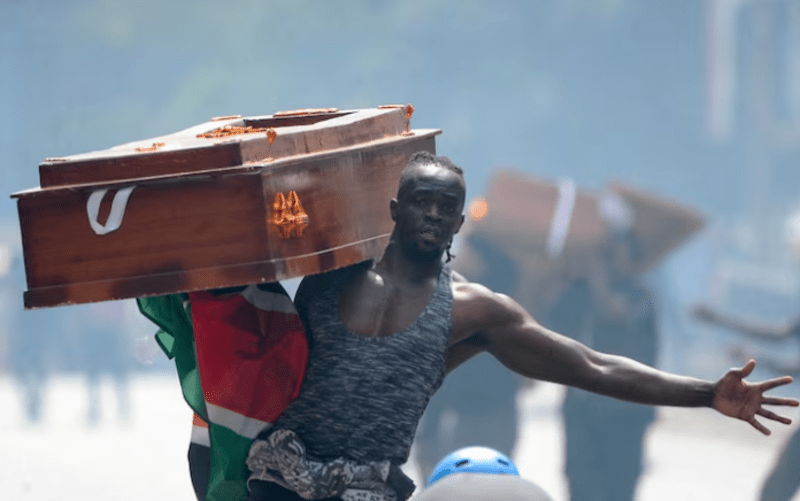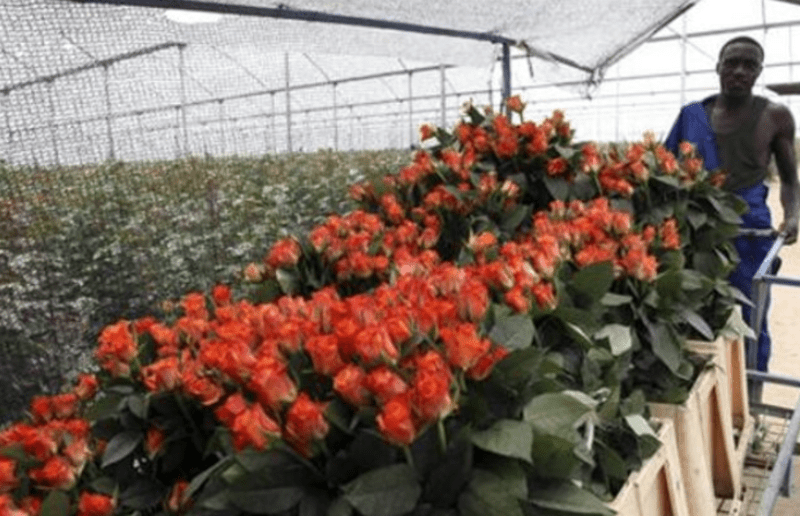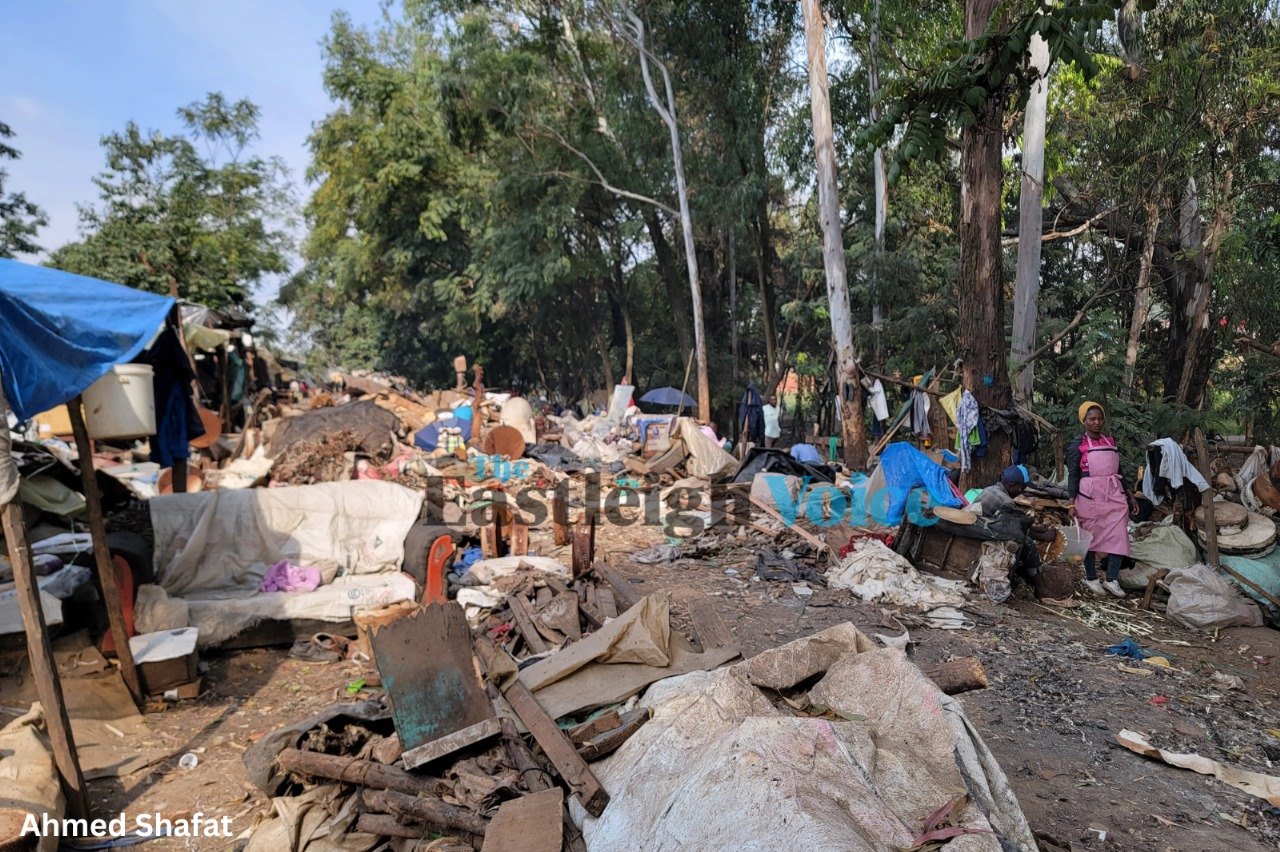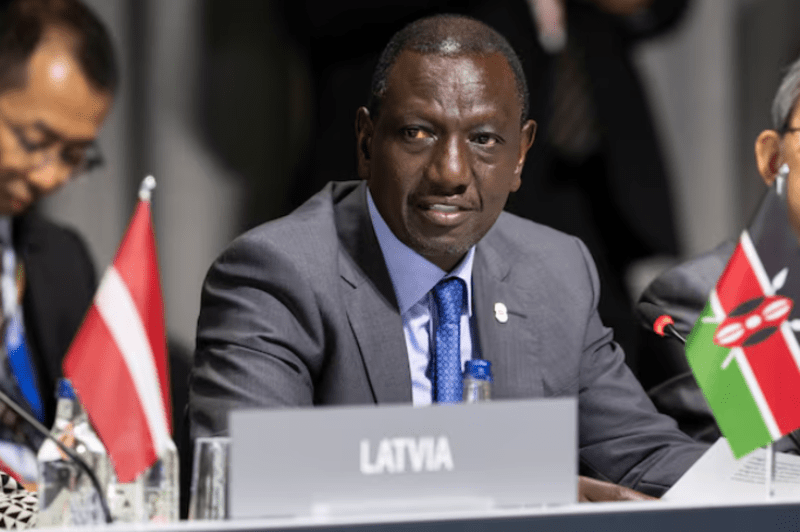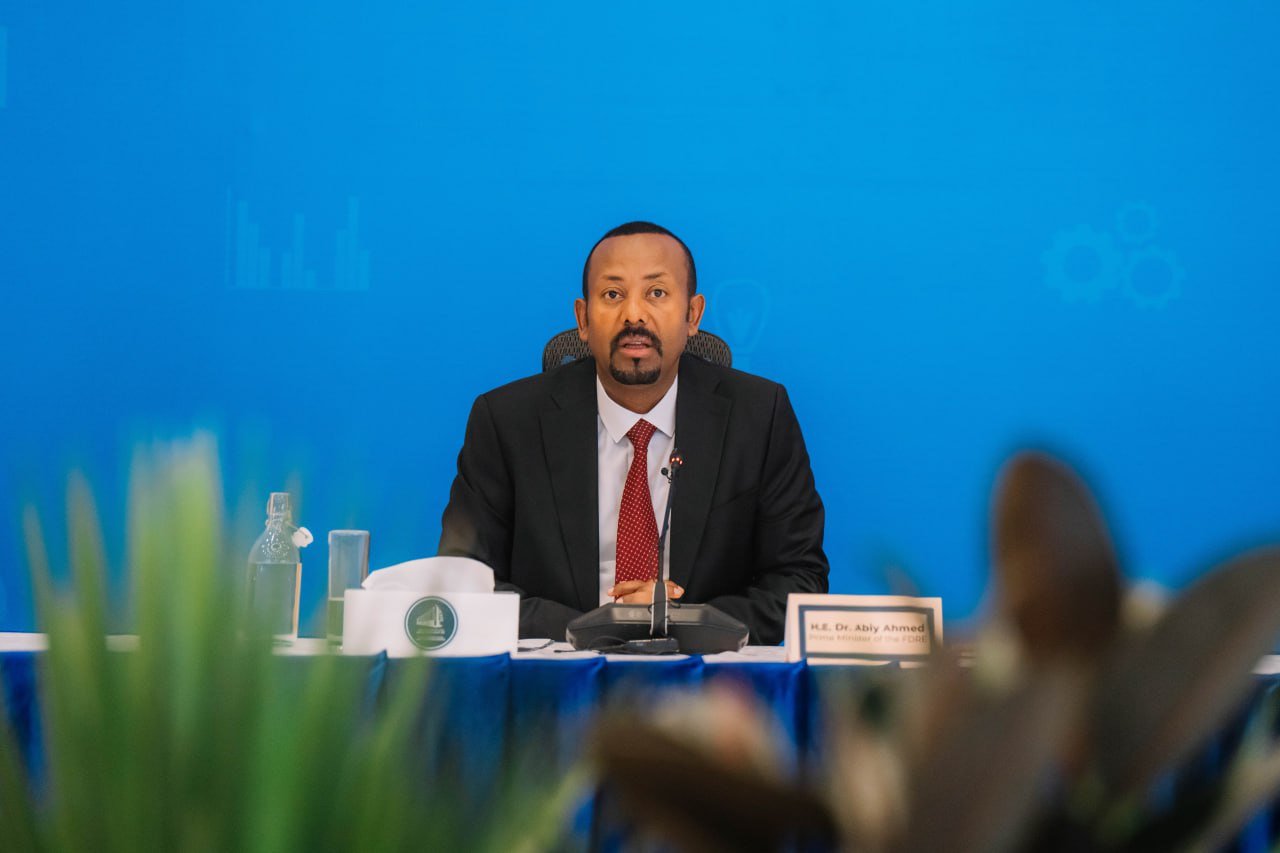9,095 refugees returned home to Somalia in past four years
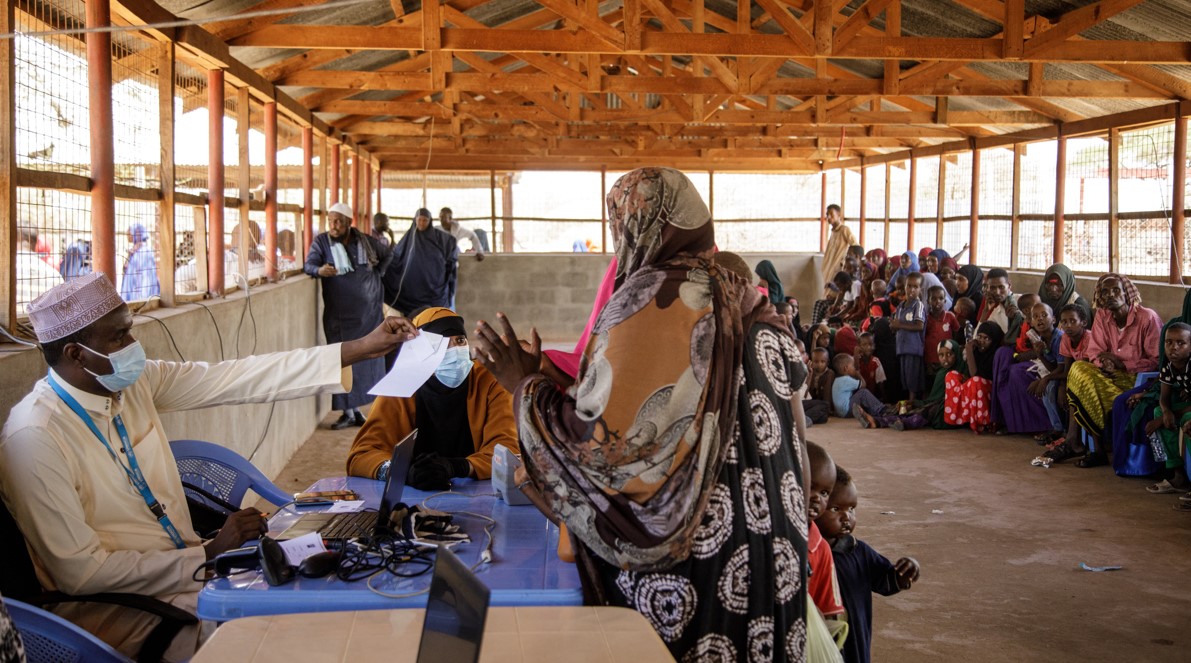
By Maureen Kinyanjui |
Out of the total 3,672 were assisted to return to Somali while 5,423 were spontaneous returnees.
At least 9,095 Somali refugees were repatriated back home between January 2020 and March 2024, according to the UN Refugee Agency.
United Nations High Commissioner for Refugees (UNHCR) in its report which was released on April 30, 2024, classified the returnees into two categories; assisted and spontaneous.
Keep reading
- Dadaab, Kakuma refugee camps to transition into integrated settlements from November
- KNCHR steps in to assist Mombasa's urban refugees over access to essential services
- Dadaab, Kakuma refugee camps to be upgraded to settlements in urban support programme
- Refugees urged to move to higher grounds as heavy rains continue
"Out of the total 3,672 were assisted to return to Somali while 5,423 were spontaneous returnees," reads the report.
A spontaneous refugee returnee is one who voluntarily returns to their country without any assistance.
The report relates to returnees arriving in Somalia between January 2020 and March 2024.
Of the 9,095 returnees, 923 were based in Kenya and voluntarily returned to Somalia while 951 were based in Yemen and were Assisted Spontaneous Returns (ASR).
From the total refugee returnees, women lead, representing 31.11 per cent followed by men at 29.25 per cent.
Boys represented 16.6 per cent of the total refugee returnees while girls stood at 16.08 per cent
Elderly men stood at 3.85 per cent of the total and elderly women at 3.11 per cent.
Looking at the yearly trend, 1,466 refugees returned to Somalia in 2020 while the next year the figure increased to 2,645.
In 2022, the number increased to 3,014 but the next year the figure dropped to 1,853.
This year up to March 31, only 117 refugees have returned to Somalia.
Since December 2014, UNHCR has supported 93,721 Somali refugees to return to Somalia. Additionally, approximately 42,984 Somalis were monitored as arriving spontaneously from Yemen since March 2015.
Leading refugees
As highlighted in the 2024 Economic Survey by the Kenya National Bureau of Statistics (KNBS) Somalia remains the leading source of refugees in Kenya accounting for 371, 919 of them, followed by South Sudan at 171, 402.
"Somalia has remained the leading source of refugees and asylum seekers and accounted for 53.8 per cent of the total registered and asylum seekers in 2023," reads the report.
Dadaab and Kakuma camps, situated in northern Kenya, provide refuge for over 700,000 refugees and asylum-seekers.
The majority, more than half, are from Somalia, while around a quarter hail from South Sudan.
Established in the 1990s, both camps were set up by the UNHCR to offer safe havens for individuals fleeing civil unrest and conflicts in Somalia and Sudan.
In 2011, a significant influx of Somalis, driven by drought and other hardships in their homeland, swelled the camps' population to nearly half a million.
The camps were supposed to offer temporary homes, but many people now live there permanently.
Parliament last month approved the new Refugee Regulations 2024, paving the way for the full implementation of the Refugee Act 2021 that guides the implementation of the government's Shirika Plan.
The Shirika Plan is the planned settlement of refugees in the communities in which they are hosted, that is in Turkana and Garissa counties where they will be allowed to contribute to the economic development.
The regulations spell out the details of the process of refugees' registration, designated areas of residence and movement, restrictions of persons entering a designated area and the process involved in seeking repatriation back home amongst others.

